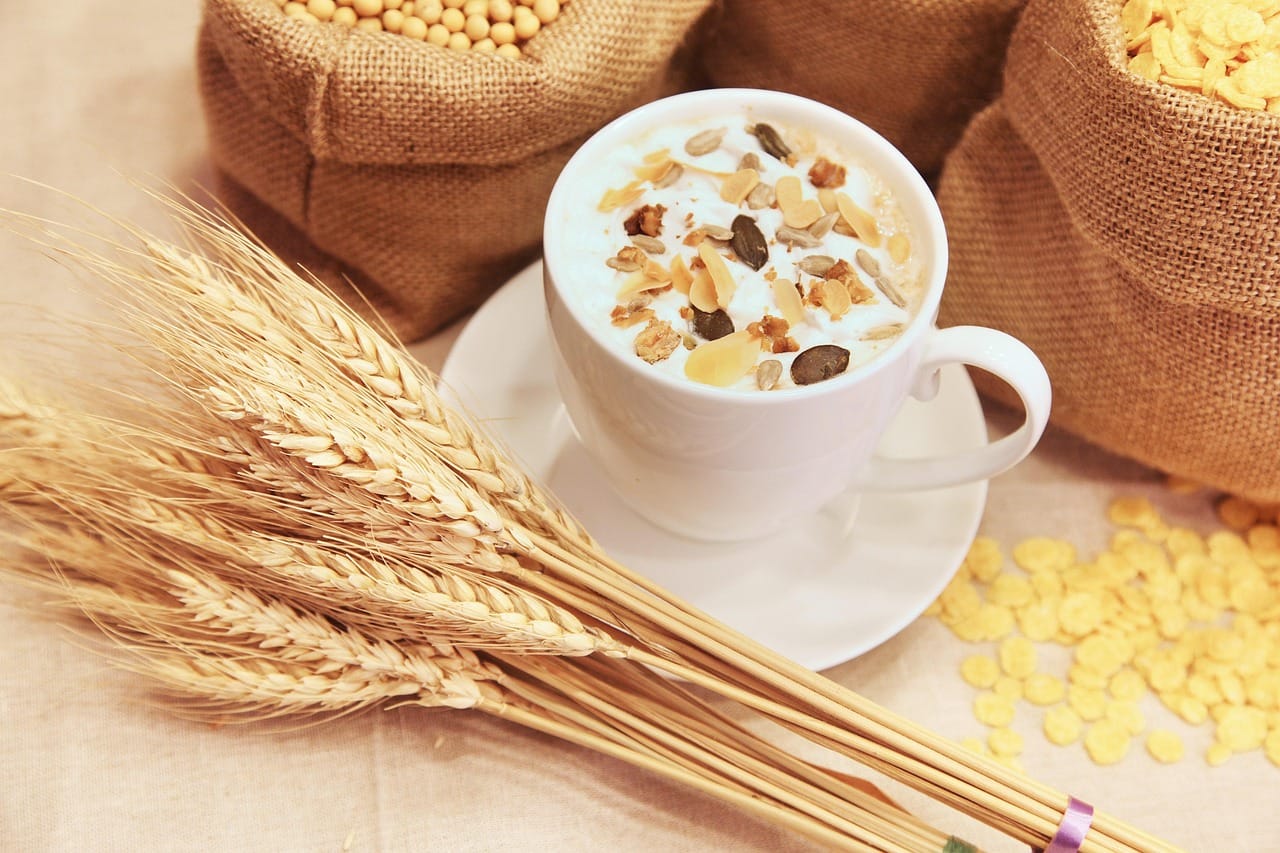Whether you love it or love to hate it, fruitcake is a holiday staple with a history richer and more complex than its dense, often misunderstood texture. Forget the jokes about doorstops; a properly made fruitcake is a culinary masterpiece, a celebration of preserved fruits, nuts, and spices that can last for months, even years, aging like a fine wine. This blog post will delve into the fascinating world of fruitcake, exploring its history, ingredients, preparation, and the reasons it has endured for centuries.
The Surprisingly Rich History of Fruitcake
Fruitcake’s reputation often precedes it, but few realize the fascinating history behind this festive treat. From ancient Roman energy bars to modern-day holiday traditions, fruitcake has undergone quite the transformation.
Ancient Origins and Medieval Developments
- Ancient Rome: The earliest ancestors of fruitcake can be traced back to ancient Rome. Roman soldiers carried barley cakes packed with pine nuts, raisins, and pomegranate seeds for sustenance on long campaigns. This “satura” provided much-needed energy and preserved well, essential for long journeys.
- Medieval Europe: During the Middle Ages, the introduction of candied fruits, spices from the East, and advanced preservation techniques led to the evolution of fruitcake. Dried fruits preserved with sugar became more readily available, contributing to the development of richer, denser fruitcakes. Early versions often included meat and were enjoyed as a luxury item by the wealthy.
Fruitcake in the Victorian Era and Beyond
- Victorian Refinement: The Victorian era saw fruitcake elevated to a symbol of status and tradition. Recipes became increasingly elaborate, incorporating expensive ingredients like imported fruits, nuts, and spices. Royal icing, marzipan, and intricate decorations transformed fruitcakes into edible works of art.
- American Adaptation: In America, fruitcake became a popular holiday gift, especially during the colonial period and beyond. The abundance of locally grown nuts and fruits contributed to regional variations in recipes.
- Modern Fruitcake: While humorously mocked at times, fruitcake continues to be enjoyed by many, particularly during the holiday season. Modern bakers are experimenting with updated recipes that emphasize fresh, high-quality ingredients and reduced alcohol content to appeal to a wider audience.
Decoding the Ingredients: What Makes Fruitcake, Fruitcake?
Fruitcake is renowned for its extensive list of ingredients. Understanding the role of each component is crucial to appreciating the final product.
The Fruits: Candied, Dried, and Glacé
- Candied Fruits: Candied fruits, also known as glaceed fruits, are fruits that have been preserved in sugar syrup. Common examples include cherries, pineapple, and citrus peels. These fruits add sweetness, vibrant color, and a chewy texture to fruitcake.
- Dried Fruits: Dried fruits such as raisins, currants, sultanas, figs, and dates are essential for flavor and moisture. Soaking them in alcohol or fruit juice for an extended period plumps them up and intensifies their flavor.
- Glacé Cherries: Glacé cherries are frequently used, often in red and green varieties for festive appeal. While they add sweetness and color, some find them overpowering, and alternatives like dried cherries or other candied fruits can be used.
The Nuts: A Crunchy Counterpoint
- Pecans: Pecans are a favorite addition to fruitcake, known for their rich, buttery flavor and satisfying crunch.
- Walnuts: Walnuts provide a more earthy and slightly bitter flavor that complements the sweetness of the fruits.
- Almonds: Almonds, whether blanched or unblanched, add a delicate nuttiness and a pleasant texture to the cake.
The Base: Flour, Fat, and Spices
- Flour: All-purpose flour or a combination of all-purpose and cake flour provides structure to the cake. Some recipes use alternative flours like almond flour for a gluten-free option.
- Fat: Butter, shortening, or a combination of both contributes to the cake’s richness and moistness. Some recipes use oil for a lighter texture.
- Spices: Spices are crucial for adding warmth and complexity to the flavor profile. Common spices include cinnamon, nutmeg, cloves, allspice, and ginger. The proportions of spices can be adjusted to suit personal preferences.
The Booze: Flavor and Preservation
- Rum: Dark rum is a classic choice for fruitcake, imparting a rich, molasses-like flavor.
- Brandy: Brandy adds a subtle fruity aroma and a touch of warmth to the cake.
- Whiskey: Whiskey, particularly bourbon, can add a smoky, oaky flavor to the fruitcake.
- Fruit Juice: For a non-alcoholic option, fruit juices like apple, cranberry, or orange juice can be used to soak the fruits and add moisture.
Baking the Perfect Fruitcake: A Step-by-Step Guide
Baking a delicious fruitcake requires patience and attention to detail. Here’s a step-by-step guide to help you create a masterpiece.
Preparation is Key
- Soaking the Fruit: This is perhaps the most crucial step. Soak the dried fruits in your chosen alcohol or fruit juice for several days, weeks, or even months. The longer the soak, the more flavorful and moist the fruitcake will be. Store the fruit in an airtight container in the refrigerator, stirring occasionally.
- Preparing the Nuts: Chop the nuts into desired sizes and toast them lightly to enhance their flavor.
- Greasing and Lining the Pan: Thoroughly grease and line your baking pan with parchment paper. This will prevent the fruitcake from sticking and make it easier to remove after baking. For added protection, you can double-line the pan or use a layer of brown paper on the outside.
Mixing and Baking
- Creaming Butter and Sugar: Cream together the butter and sugar until light and fluffy. This incorporates air into the batter, resulting in a tender crumb.
- Adding Eggs: Beat in the eggs one at a time, ensuring each egg is fully incorporated before adding the next.
- Combining Dry and Wet Ingredients: Gradually add the dry ingredients to the wet ingredients, alternating with the soaked fruit. Mix until just combined to avoid overmixing, which can result in a tough cake.
- Adding Nuts and Candied Fruit: Gently fold in the nuts and candied fruit, ensuring they are evenly distributed throughout the batter.
- Baking Low and Slow: Pour the batter into the prepared pan and bake at a low temperature (typically around 275-300°F or 135-150°C) for an extended period. This allows the fruitcake to bake evenly and prevents it from burning. Baking times can vary from 2 to 4 hours, depending on the size of the cake. Check for doneness by inserting a wooden skewer into the center; it should come out with a few moist crumbs attached.
Aging and Storage
- Cooling and Wrapping: Allow the fruitcake to cool completely in the pan before inverting it onto a wire rack. Remove the parchment paper and wrap the cake tightly in cheesecloth soaked in your chosen alcohol.
- Aging: Store the wrapped fruitcake in an airtight container in a cool, dark place. “Feeding” the cake with additional alcohol every few weeks will keep it moist and flavorful. Simply unwrap the cake, brush with alcohol, and rewrap it tightly.
- Storage: Fruitcake can be stored for several months or even years if properly aged and stored. Some enthusiasts believe that aging enhances the flavor and texture of the cake.
Addressing Common Fruitcake Concerns
Fruitcake often evokes strong reactions. Let’s address some common concerns and misconceptions.
Is Fruitcake Too Sweet?
- Ingredient Balance: The sweetness of fruitcake largely depends on the ratio of fruits, nuts, and other ingredients. Using high-quality fruits and nuts and balancing the sweetness with spices can create a more complex and less overwhelmingly sweet flavor profile.
- Reducing Sugar: Some recipes can be adapted to reduce the amount of added sugar or use alternative sweeteners like honey or maple syrup. However, remember that sugar also acts as a preservative, so adjustments may affect the cake’s shelf life.
- Using Natural Sweeteners: Experiment with using naturally sweet dried fruits like dates and figs to reduce the reliance on added sugar.
Is Fruitcake Too Dense?
- Proper Mixing: Overmixing the batter can lead to a dense and tough fruitcake. Mix the ingredients until just combined to avoid developing too much gluten.
- Using the Right Flour: Using cake flour or a combination of cake and all-purpose flour can help create a lighter and more tender crumb.
- Adding Leavening: Some fruitcake recipes incorporate a small amount of baking powder or baking soda to add lift and prevent the cake from becoming too dense.
Fruitcake Alternatives: Modern Twists
- Light Fruitcake: This version uses less dried fruit and more nuts, resulting in a lighter texture and flavor.
- White Fruitcake: Made with white chocolate, macadamia nuts, and dried cranberries, this fruitcake offers a lighter and more modern twist on the classic recipe.
- Mini Fruitcakes: Individual-sized fruitcakes are perfect for gifting or for those who want to enjoy a smaller portion.
Conclusion
Fruitcake, often the subject of jokes and misconceptions, is truly a fascinating and versatile treat with a long and storied history. By understanding its ingredients, proper baking techniques, and addressing common concerns, you can create a fruitcake that even the skeptics will enjoy. So, embrace the tradition, experiment with different recipes, and discover the joy of making and sharing this unique and enduring holiday classic. Whether you choose a traditional recipe or a modern twist, fruitcake is more than just a cake – it’s a celebration of history, flavor, and the joy of baking.




